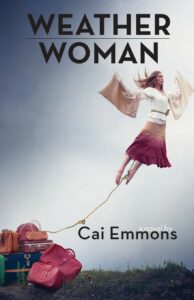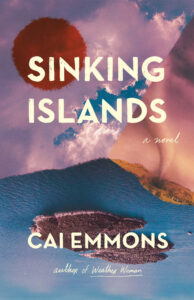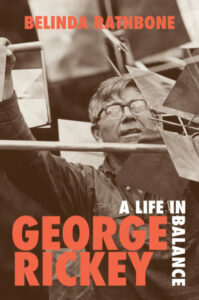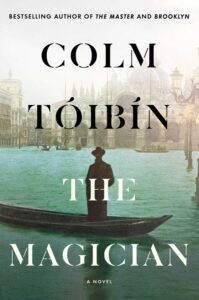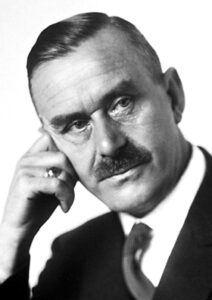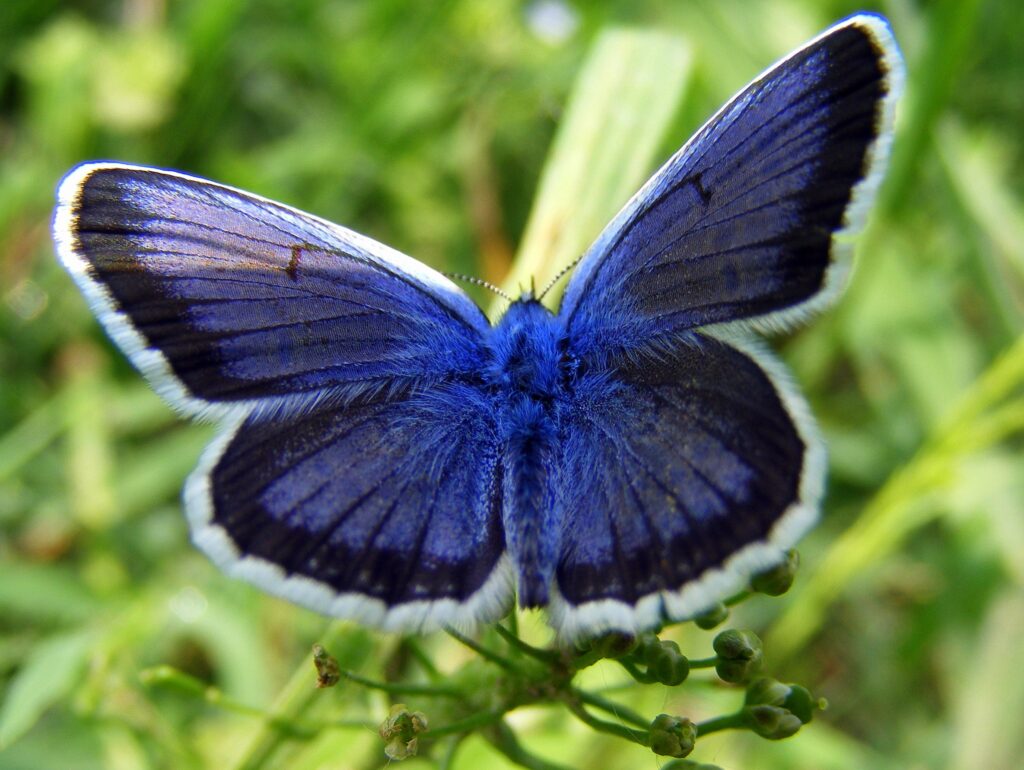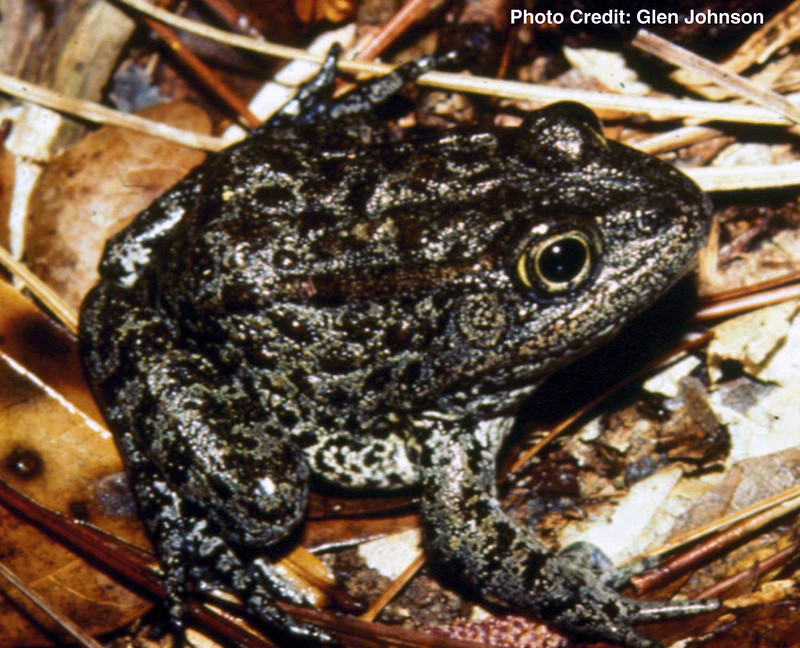
Female doctoring, activism, and mysteries in the desert Southwest (Phoenix, Arizona, present-day): Retired university family physician/poet/novelist Sandra Cavallo Miller is on a mission to show us what it’s really like for a woman to practice family medicine out West, particularly in Arizona. Her brand is writing comforting novels in poetic, atmospheric, easy-flowing prose with real life authenticity that feels cozy even when realities aren’t.
Where No One Should Live presents a harsher, blazing hot landscape than in her earlier trilogy: the Dr. Abby Wilmore medical series, mostly set in a clinic at the Grand Canyon National Park (see https://enchantedprose.com/what-the-river-said/). Her fourth novel is also set in Arizona, this time Phoenix, where the author lives, at Arizona Public Health and a clinic that trains medical residents like Miller did for hundreds of doctors in training.
Despite all the trials and tribulations she puts her characters through and packs into roughly 250-page novels, they sing out to us because we recognize these people: the powerful and the vulnerable. Relationships drive Miller’s novels, good and bad ones.
Her new female family medicine physician and protagonist is, like the former Abby Wilmore, quite likeable. You’ll wish all your doctors were as compassionate and forthcoming. Both are unsure of themselves, though for different reasons. Maya, more than Abby, hides her personal demons, hinted at and then revealed bit by bit. Painfully aware of her traumatic issue every day, she strives to rise above it using what she’s experienced for the betterment of her community.
Happiness is not easy for Maya as she’s not one to sit back, taking on more than she should, including coming to the rescue of others – doctors who suddenly sicken, her old horse and an unbroken one. All the while dealing with the additional challenges of illnesses prevalent out West brought on by the intense heat, severe drought, toxic plants, funguses, parasites, mosquitos, and much more. Miller has a talent for blending the medical into her stories so we won’t turn away from them as she wants us to be aware and informed.
Turning her lens on females practicing family medicine, not typically seen in fiction, although today there are more women than men in medical school, is purposeful. Men still dominate some fields of medicine, and it’s still an uphill battle for women to achieve equity in salaries, leadership positions, and negative attitudes in a traditionally male enterprise.
Cleverly, Miller chooses Maya’s boyfriend, with whom she’s been in a romantic relationship with when the novel opens, in one of those male-dominated specialties, cardiology. Whit Whitaker couldn’t be more handsome to go along with his swelled view of himself. Self-centered and lacking empathy, he’s demanding, jealous, and overprotective of his girlfriend, oppressively so. You’ll be asking why Maya stays with him. He’ll get under your skin, as intended.
Unless I’m reading too much into it, Miller names some of her characters and animals to make a statement about them or the desert. Summer, most obvious, symbolic of the unrelenting heat that overwhelms throughout. Whit to mean he’s so shallow, who cares a whit about him? Luna, her thirty-year-old female horse from childhood she’s still over the moon about, treating her like an aging goddess? Or, Twinkie, her twenty-five-year-old, giant Desert Tortoise who isn’t soft nor getting smaller like the new creamy vanilla treats are. Twinkie is a stunning reminder that things are different in Arizona. A family can actually adopt a giant tortoise as a pet in Arizona, like her parents did when she was growing up. Take a look at amazing one-hundred-year-old Ralph in this video from an Arizona zoo:
The bond between humans and animals is poignant as Maya knows how uplifting this special relationship can be with a horse for a boy with a heavy heart. Rafael is her undocumented neighbor’s and friend’s son, Rosa. His father, from Guatemala, disappeared three years ago and there’s been no trace of him, reflecting immigration issues on our border states we’ve yet to figure out how to humanely solve. Rafael is too serious for a ten-year-old boy. Maya’s tenderness for him, the family’s situation, and her joy of spending downtime with both of them is an important part of her life. She lets Rafael feed and spend time with Luna, who lives in a barn attached to her parents’ home she lives in, after they decided to move to a retirement home, raising another reality of today’s life for the sandwiched generation. Her parents remind us of Doctors Without Borders volunteers, giving selflessly to provide desperately needed medical care in the poorest of countries.
As if Maya hasn’t enough on her plate, Miller adds one more problem lurking. No one knows it exists for a while, revealed to us early on through a mysterious, anonymous, of course, Journal. Periodic entries in-between chapters are brief yet ominous as the writer has it out for someone. Who? We’re not sure. Why? No clue. How? That you’ll surmise when you start seeing a pattern developing. Even when you do, you may still be hard pressed to figure out the evil culprit and motive. I did ten pages before he or she was exposed, which isn’t saying much as the novel ended twenty pages later.
Another male doctor, Alex Reddish, is also in the picture early on. Maya works with him at the residency clinic. Again, his name could signify how flustered, as in how red someone’s face can turn whose socially awkward. In his case, it’s his quirky “mannerisms” Maya picks up. Later, she’ll learn he was a former chess champion, stereotyped as a nerd in contrast to Whit. You’re heart goes out to Alex when he admits to himself he’s attracted to and cares about Maya, but too modest and respectful of her supposedly great catch Whit to interfere, let alone know how to go about letting her know his feelings. He’s another really good person you’ll be rooting for. Maya and Alex’s humility and humanity are just what a fine doctor would order.
Maya doesn’t just treat the holistic health of individual patients, she examines and aims to treat the public health of a community. For example, she’s the unpopular activist for passing a helmet law for all Arizona motorcyclists in a state that only mandates protection if you’re under 18. Like today’s polarized world, she does so at great personal risk as she’s been receiving scary threats. And yet, she persists.
At Arizona Public Health, a few characters stand out. Sheila, a nurse, a “wizard” Maya couldn’t live without. Once again, like the author did in her trilogy, she highlights the vital roles of nurses. Dr. Mel Black, in his sixties like Sheila, has “brooding” looks that come from a personal loss, triggering his joining “the roller coaster of public health.” Both look out for Maya.
A couple of residents who stand out include Jim, who’s having the most difficulty performing. Sometimes he acts okay, at other times he seems to have checked out, and his diagnoses miss things. What’s wrong with him becomes a medical mystery that’s eventually uncovered. His inability to excel is troubling to the medical team, allowing us to see how hard it is for doctors to speak negatively of another. The other resident is Veronica: extremely capable but inappropriately flirtatious.
To borrow the words of MSNBC anchor, Rachel Maddow: “Watch this space.” Because another novel by Miller is due out in 2022. Prolific, fortunately for us.
Lorraine
